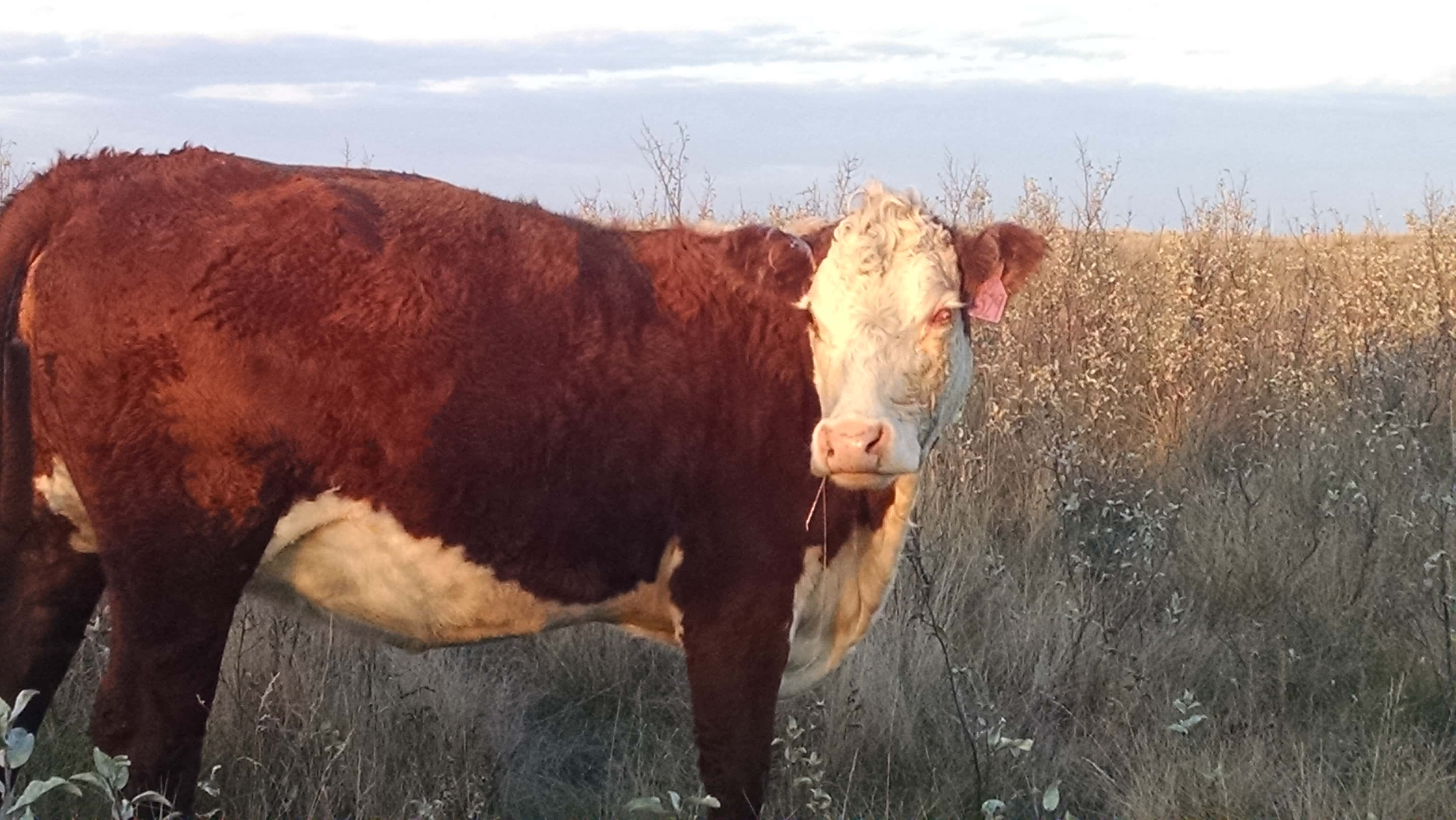
Content and image courtesy of NDSU Extension
Pinkeye, or keratoconjunctivitis, is an infectious disease of cattle that costs producers money in several ways.
“These include increased labor, cost of antibiotics, decreased weaning weights and decreased price paid at market for animals with scarred eyes,” says Gerald Stokka, North Dakota State University Extension veterinarian and livestock stewardship specialist.
One study shows that calves affected with pinkeye weighed 35 pounds less 260 days after they were weaned than noninfected calves in the same herd. Calves that were affected in both eyes weighed 47 pounds less.
“The bacteria Moraxella bovis is one of the primary known agents found in cases of pinkeye,” says Neil Dyer, NDSU’s institutional attending veterinarian. “However, other bacterial agents such as Moraxella ovis and Moraxella bovoculi have also been isolated from cases of pinkeye. Younger cattle are usually most often affected.”
Herds in which adult cattle develop clinical signs suggest that the herds have not been exposed previously and do not have immunity to pinkeye, Stokka says. The spread of the organism can occur when cattle bunch tightly together, such as during high heat and humidity and when fly pressure is present.
Other risk factors contribute significantly to outbreaks of pinkeye. They include ultraviolet light, environmental factors (dust, wind, tall grass, weeds, pollen), co-infections with bacteria and viruses, close confinement of animals and animals without pigment around their eyes. Nutrition also may play a role because inadequate vitamin A levels have been shown to contribute to the disease.
“Affected animals present with teary eyes, inflamed conjunctiva (reddened white-appearing area around the iris), squinting and aversion to bright light, ulcerated cornea and excessive tearing from the eyes affected,” says Brett Webb, director of the NDSU Veterinary Diagnostic Laboratory. “The disease usually lasts for several weeks, but it may last a month or longer.”
Healing leaves a scar on the cornea, which eventually may clear. Severe cases with ulcerated corneas, or corneas with holes in them, may result in partial or total blindness of the affected eye.
“Commercial vaccines provide protection against only a few pathogenic strains; therefore, they will not be 100% effective against disease,” Stokka says. “Autogenous vaccines can be made against these bacteria if isolated, but consulting with your veterinarian is advised when considering the efficacy and administration of such vaccines. Fly control, pasture rotation and proper mineral supplementation also must be considered when managing outbreaks of pinkeye.”
Individual antibiotic treatment of bacterial pinkeye usually is successful, he adds. Longer-acting antibiotics commonly are used systemically to achieve antibiotic concentrations in the tear film. In severe herd outbreaks, the entire herd may need antibiotic therapy, but all risk factors must be addressed to curtail new cases.
“Consult with your veterinarian regarding antibiotic therapy, vaccination and management of this disease,” Stokka advises.
